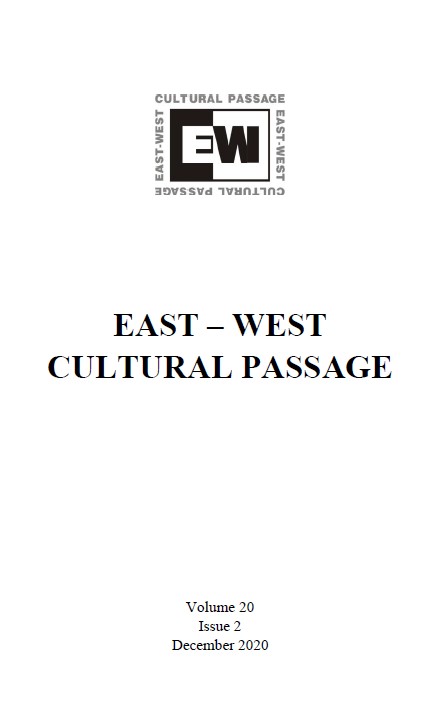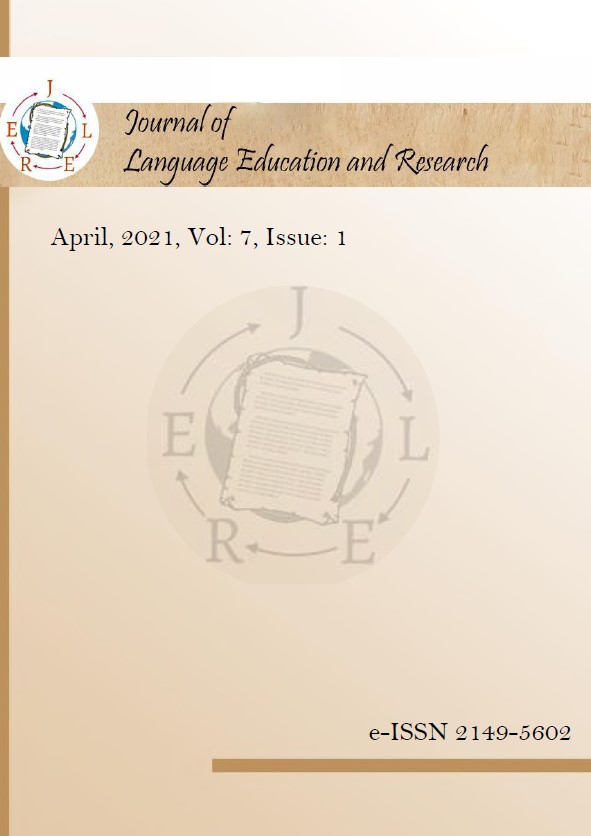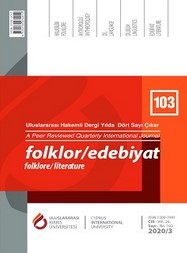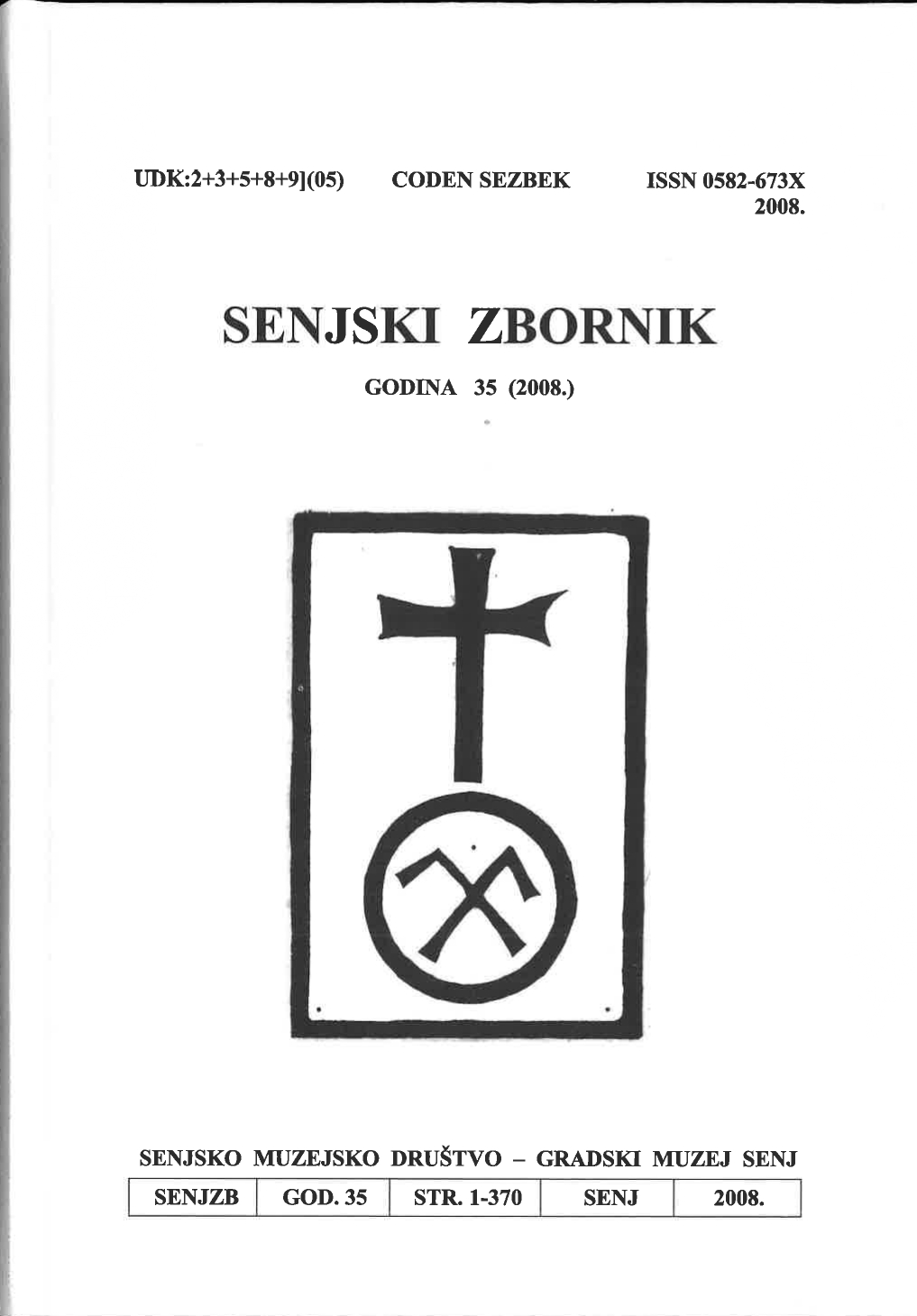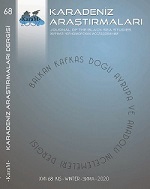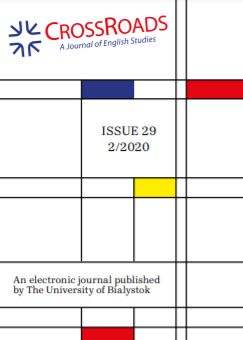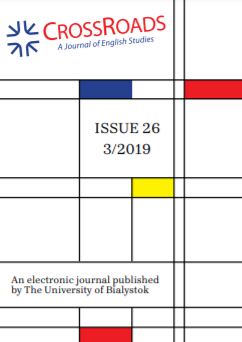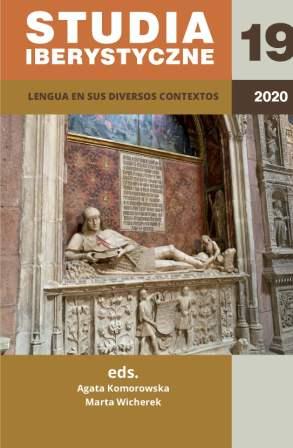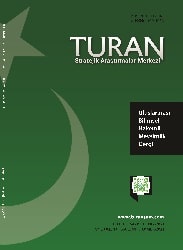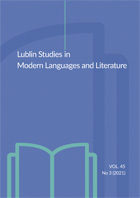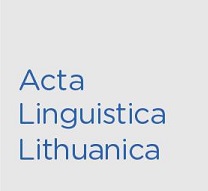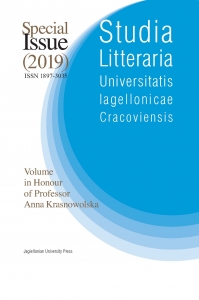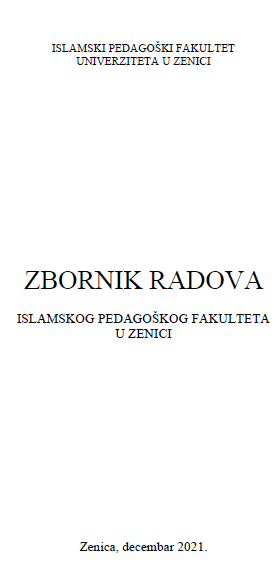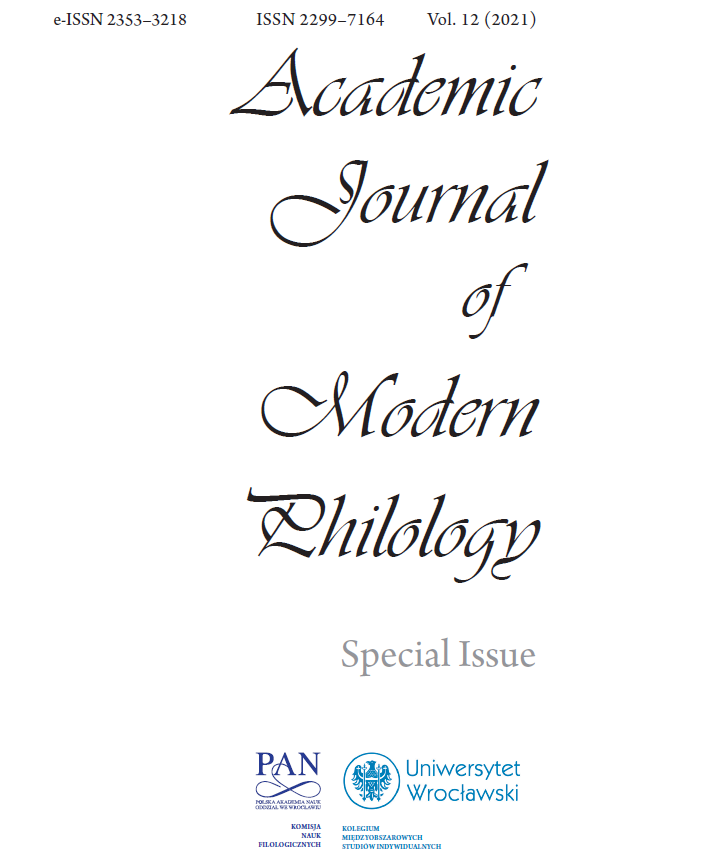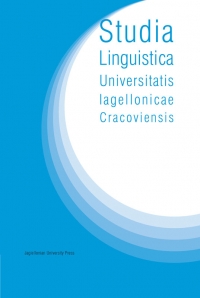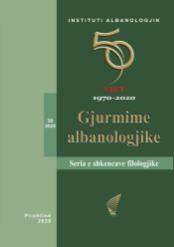
KONTRIBUTI I PROF.DR. MEHMET AHMETAJT PËR DIALEKTOLOGJINË SHQIPTARE
Professor Mehmet Ahmetaj is mainly known for his studies of Albanian dialectology and also has a rich bibliography with several monographs, writings, summaries, papers, scientific papers. The language of his works is distinguished for its clarity, professionalism and accurate scientific information. He devoted a whole life to the Albanian language and with an unparalleled enthusiasm managed to collect many rare words and expressions mainly from the Albanian dialects in Montenegro. His works are a precious treasure of Albanian culture and linguistics. The scientific text differs from other texts and we can freely say that the author's texts are typical scientific texts of our modern linguistics. Its prosperity is the contributions and studies in the field of dialectology as one of the most important fields of linguistics. His ideas and studies are values not only of albanology, but of the entire Albanian culture, because they best reflect the methodology of a dedicated, professional linguist and prepared to achieve results in his field of study.
More...
